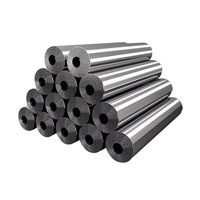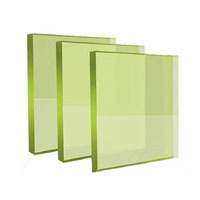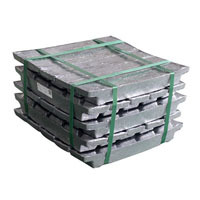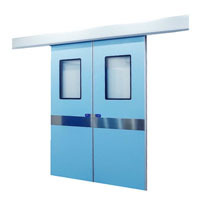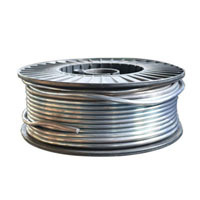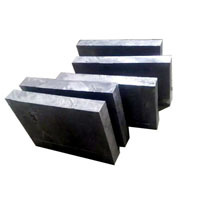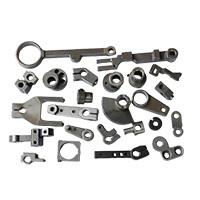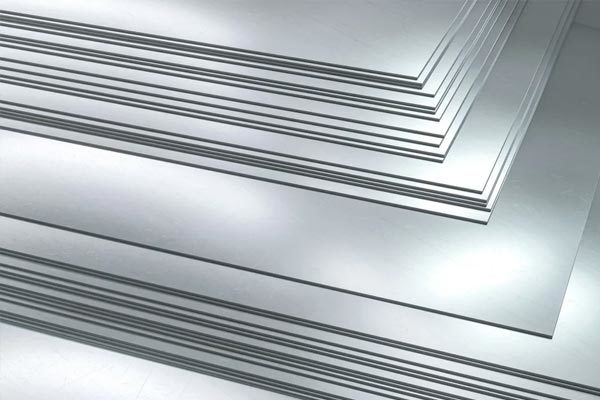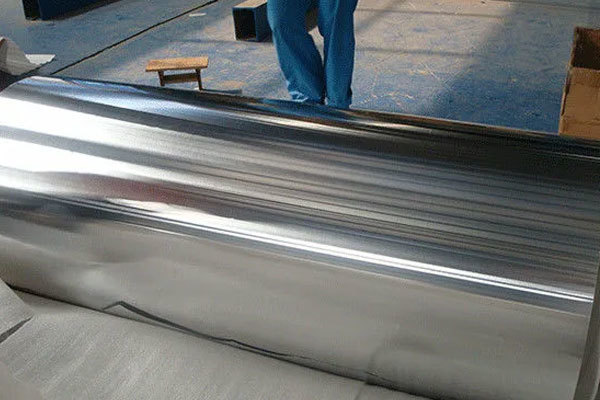Understanding Shielding Thickness: How Much Lead Do You Really Need?
When designing a radiation-safe space—whether it's an X-ray room, nuclear lab, or radiopharmaceutical facility—determining the correct lead shielding thickness is critical. Too little, and personnel may be exposed. Too much, and you’re overpaying, overbuilding, and increasing structural load. This guide will help you understand the key factors that determine how much lead is enough for your specific application.
When designing a radiation-safe space—whether it's an X-ray room, nuclear lab, or radiopharmaceutical facility—determining the correct lead shielding thickness is critical. Too little, and personnel may be exposed. Too much, and you’re overpaying, overbuilding, and increasing structural load. This guide will help you understand the key factors that determine how much lead is enough for your specific application.
What Determines Shielding Thickness?
Radiation shielding isn’t one-size-fits-all. The required thickness of lead depends on:
Radiation energy (kVp or MeV) – Higher-energy sources require thicker shielding
Type of radiation – X-rays, gamma rays, and beta particles penetrate differently
Exposure workload – How frequently and how long radiation is present
Distance and occupancy – How close and how often people are near the source
Regulatory limits – Maximum permissible dose (MPD) for occupational or public exposure
Common Lead Thickness Guidelines
| Application | Typical kVp | Recommended Lead Thickness |
| Dental X-ray Room | 60–90 kVp | 0.5 mm to 1.0 mm |
| General Medical X-ray | 100–150 kVp | 1.0 mm to 2.0 mm |
| CT Scanner Room | 120–140 kVp | 2.0 mm or more |
| Fluoroscopy Suite | 70–120 kVp (continuous) | 1.5 mm to 2.5 mm |
| Nuclear Hot Cell | >1 MeV gamma | Lead >50 mm or tungsten composite |
Lead Equivalents: What Do They Mean?
Lead shielding materials are often labeled in terms of lead equivalency—a thickness that provides the same attenuation as pure lead. For example:
0.5 mm Pb equiv. blocks ~90% of scatter at 100 kVp
1.0 mm Pb equiv. blocks ~99% of scatter
Lead-free shielding from Intech also lists Pb equivalency, ensuring compliance with regulations while reducing toxicity and weight.
How to Determine What You Need
1.Consult a qualified radiation physicist for shielding calculations
2.Use NCRP Report No. 147 or 151 as a reference for medical and therapeutic facilities
3.Identify barrier types: primary (direct beam) vs. secondary (scatter)
4.Factor in room size, wall location, and adjacent occupancy types
Building with the Right Materials
Once you know the required thickness, you can select suitable products such as:
Lead-lined drywall (1/16" to 1/4" lead)
Lead bricks for custom shielding structures
Leaded glass with matching thickness to wall shielding
Lead-free curtains and panels for mobile or ergonomic needs
See our full list of products on our website.
Tips for Smart Shielding
Don’t guess—always base shielding on certified calculations from a professional
Match shielding types (walls, doors, windows) for consistent protection
Consider future-proofing rooms by using slightly higher-rated barriers
Use modular materials like bricks or panels to allow reconfiguration
Key Takeaways
Lead thickness depends on radiation energy, exposure levels, and occupancy
Shielding must meet code requirements while balancing cost and safety
Need Help Selecting the Right Shielding?
Xinteng Metal offers lead-lined drywall, bricks, glass, and lead-free options. Contact our team for expert guidance and custom-cut materials tailored to your radiation shielding plan.
Recommended
Lead glass: a special protective material with both radiation shielding and light transmittance






